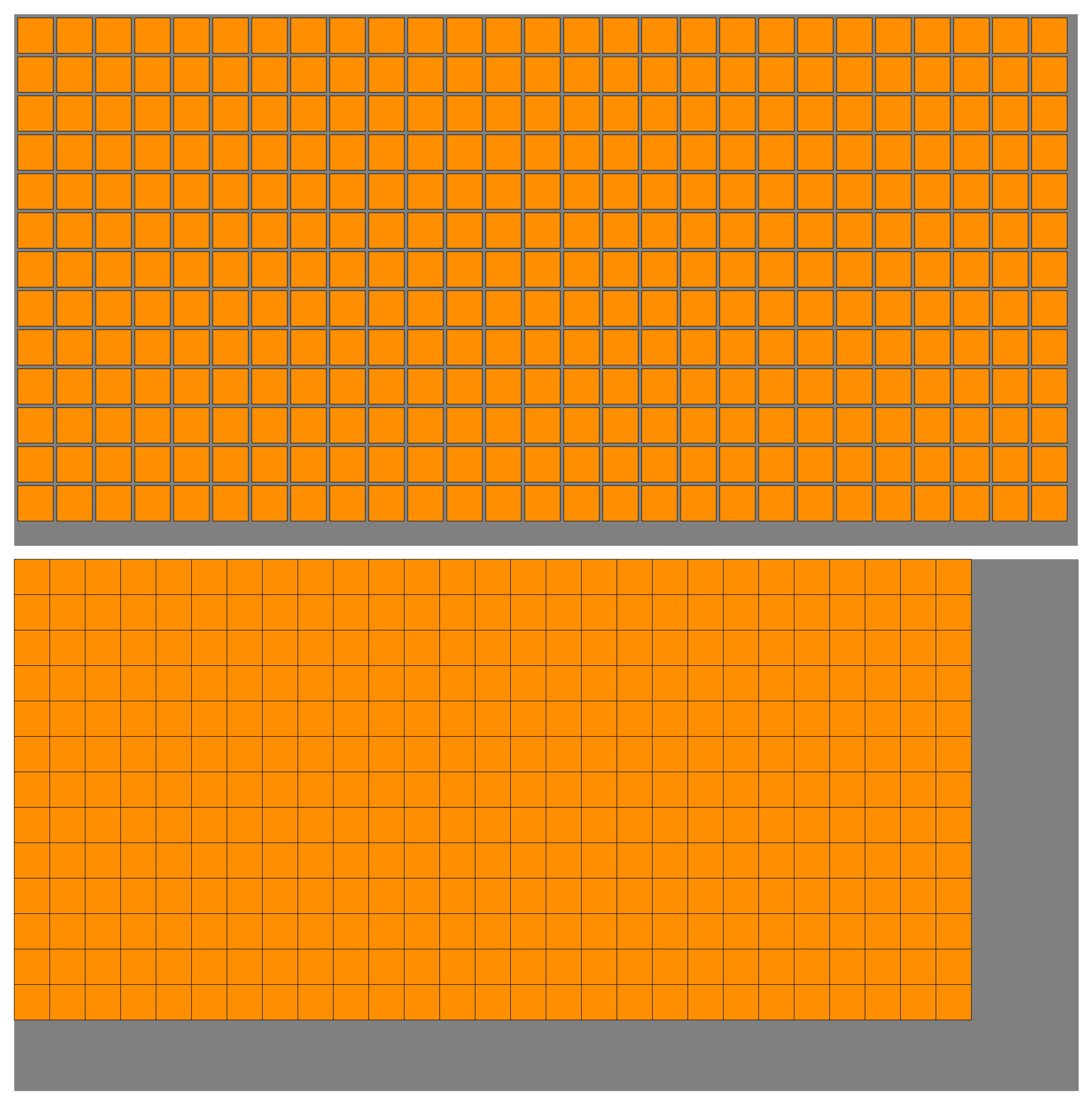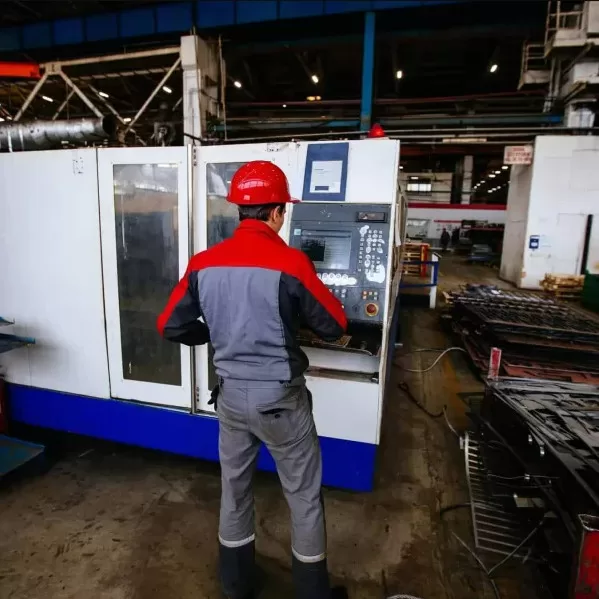So you’ve just bought a new laser cutting machine… what next?
A laser cutting machine is a big investment. Depending on the features included, they can be north of $1 million, so you want to be gaining maximum value from your investment. But how do you know what to charge? What are your expenses vs your hourly rate? For new players, it can be hard to know where to start.
Top tips for laser cutting machine owners
Firstly, if you want to maximise the return on your laser cutting machine, make sure you have a fast and accurate laser cutting quoting software in place (more on this later), but first, here are some of the considerations when setting up parameters with your quoting software, to customise it to your job shop:
1. Calculating cost.
I’d recommend using the “full absorption costing” method. This is a managerial accounting method that considers all the costs associated with manufacturing a particular product. There are direct costs, like materials and labour, and indirect costs like rent, insurance, power, and maintenance. Basically, you want to cover everything it takes to run the machine when calculating your hourly rate.
2. Factoring in the cost of Nitrogen.
This one is so easy to overlook, but if you’re cutting materials like stainless steel, you’ll probably use something like a 3mm nozzle with 20 Bar of Nitrogen. For thicker cutting jobs, it can cost $70-$80 per hour for the Nitrogen alone! If that isn’t included in your hourly rate, you may not end up making a profit on some jobs but costing money to do the work. You know that bad feeling when you win a big job, and you think, “I wonder if I’m making money on this?”
3. Factoring in material wastage.
This is unavoidable – it’s all about minimising waste, accurately calculating the percentage of waste, and making sure you’ve charged for it. Even in an ideal setup with 100x100mm x10mm square nested parts, you’ll need to have 10mm around each part, and 10mm around the edge of the metal sheet, which equates to about 21-22% material wastage, which can’t be beaten. Other shapes will likely have a higher percentage of wasted material, so you need to include this in your laser-cutting quotes to customers.
In the example below, we have taken a 3000mm x 1500mm sheet, with nested square parts of 100mm x 100mm each. This gives 27 parts per row and 13 per column, with a total of 351 parts.
The top diagram shows these parts with 10mm around each part, as well as 10mm around the edge of the sheet.
The bottom diagram shows this same sheet if all parts were common line cut– with the grey part visually showing the total material wastage. In this example, it is approximately 21.37% material waste. (Now imagine if the parts aren’t squares, and don’t sit so neatly together…)

4. Don’t forget the cost of maintenance.
Every machine will experience wear and tear over time and will need some sort of maintenance or consumable parts replacement to keep it running at optimum efficiency. You might remember to do this, but did you factor that into your hourly rate and your laser cutting quotes? If you do this from the very start, you build up a buffer, so that if something does go wrong, you have charged sufficient money to cover those costs. It may not be next week, but over the machine’s lifetime, it’s bound to happen eventually.
5. Get the setup right.
And don’t let the installation technician leave until it’s right. You want to make sure they set up the technical tables correctly before they leave. If these tables are based on “laser plate” (a material made to cut on a laser, and has very good cutting parameters), the technical tables won’t be accurate if a different material is used. As they are setting up the machine, ask them to show you how to upload parts, nest them, and then cut – record this! It’s the most useful thing you can do. You can customise it through a huge range of settings these days, but for the overwhelming majority of jobs, this is all you need to do.
6. Fix machine issues before playing around with the settings.
If a laser cutting machine isn’t working the way it should, the temptation is always to adjust the settings until it does what you’d like it to do. But that machine should provide the right output without adjustments – and if not, it’s a sign something needs to be fixed. As a general rule, you should not adjust the feed rate more than 5% either way. Another big temptation will be to slow down the feed rate when cutting stainless steel – this can actually make it worse.
Laser cutting quoting software – make the most of your machine
Once you’ve got all your set-up completed, and you’ve understood the full absorption costs of your machine, it’s time to figure out how you’ll get quotes out to your potential customers to win business and grow your job shop.
30 minutes or less quotes should be a bare minimum these days, but there are much faster methods out there. Sheet metal estimating software has come a long way in recent years, and it can make the difference between a job shop just meeting demand, and a job shop being able to grow and expand. If your job shop is not an expanding business or doesn’t have room for growth, then all you did is buy yourself a job.
Using a cloud-based laser cutting quoting software like ToolBox, by Tempus Tools, an average quote (5.5 parts) takes just two minutes! That’s 15 times faster than the industry average, which is around 30 minutes.
And quotes developed within ToolBox are accurate and repeatable because all the data is saved, ready for the next quote. No more problems with inconsistent pricing, or errors from miscalculations. And, if the price of materials changes, for example, simply change this within ToolBox, and it will automatically update the quote.
As a job shop, you want to spend most of your time using your machine to fulfil orders. You don’t want to spend half your day developing and responding to a Request For Quotes (RFQs) – especially when the typical win rate is about 30-40% of all jobs quoted for.
ToolBox features
- Quick and easy set up (typically under 30 minutes)
- Easy to use – no specialised skills or training required
- No CAD or CAM programs or expertise required
- Integration with Xero, Quickbooks and available on the AutoDesk app store
- Extract and unfold 3D parts at the click of a button
- Fix drawing errors and export cleaned DXF or DWG files
- Folding Calculator, which is rules-based with your parameters
- Unlimited secondary processes
- Multiple cutting technologies …and other features designed to save you time
If you’re looking for a rules-based, front-end, sales-focused laser cutting quoting software, ToolBox could be the ideal solution to help grow your business.
Try ToolBox for free for the first 14 days to see just how easy it can be.
About the author

Bruce Thomas is Product Executive at Tempus Tools. He began his career in the laser industry in 1971, and has worked for a major laser machine manufacturer, then helped set up and run new job shops, before becoming CEO of a major Laser job shop with multiple sites throughout Australia, a company with 11 laser cutting machines. Bruce’s practical, hands-on experience in the industry has helped guide his contributions to Tempus Tools, as he steers product development to ensure the laser cutting quoting software provides features that job shops will gain the most benefit from.




